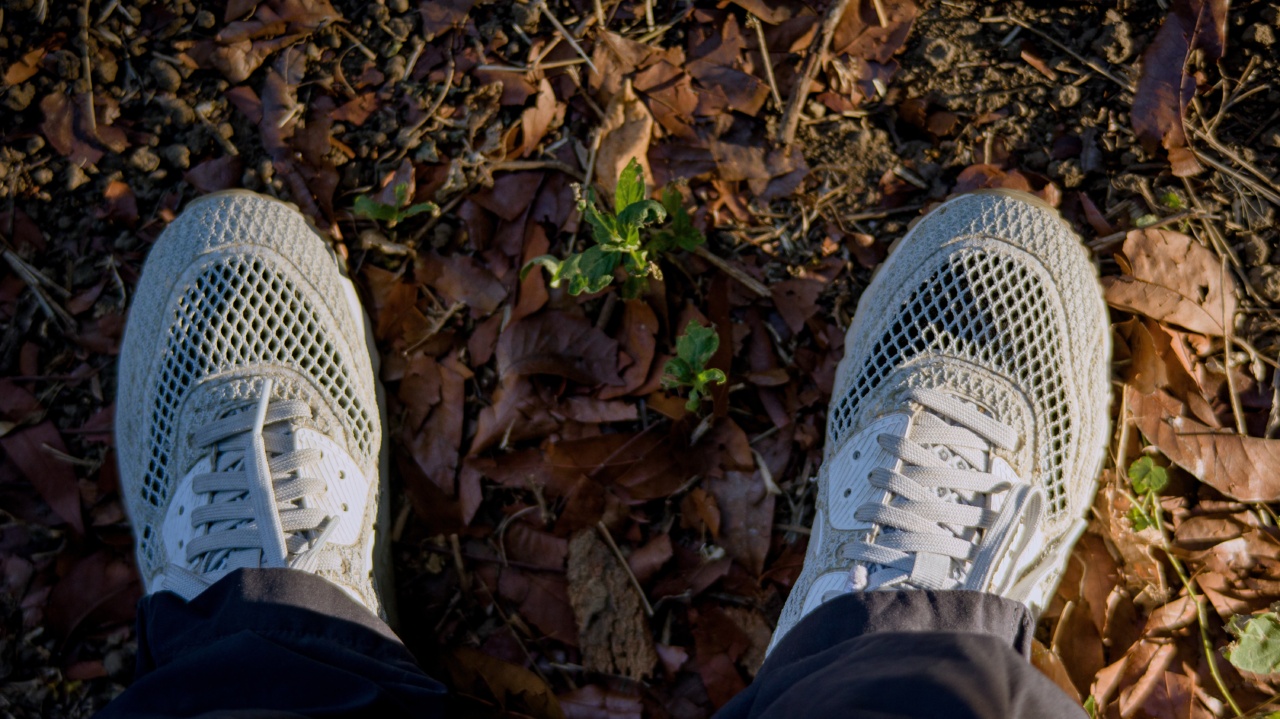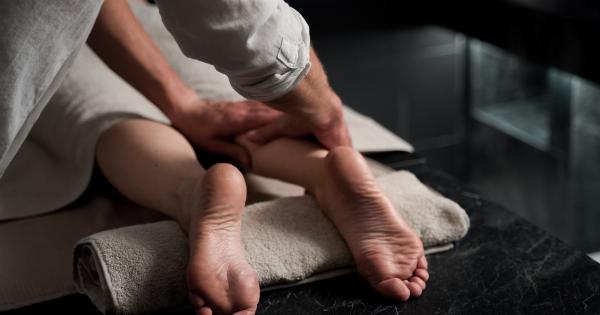Humid weather can be a breeding ground for fungi and bacteria that can affect skin and nails on your feet. These infections can cause itching, burning, redness, and skin peeling.
It is essential to take measures to protect your feet from these harmful infections to avoid discomfort and pain.
Wear socks that absorb moisture
The first step in protecting your feet from fungi in humid weather is by wearing the right socks. Your feet need socks that can absorb sweat and moisture from your feet to keep them dry.
When your feet are moist, it is a perfect habitat for fungi to grow and breed. Therefore, avoid wearing tight socks and choose breathable socks that allow air to circulate.
Avoid wearing shoes and socks for long periods
Part of keeping your feet dry is by allowing them to breathe as much as possible. Avoid wearing shoes and socks for long periods as this can cause your feet to become damp and moist.
If it is possible, wear open-toe shoes such as sandals, especially during the day, and give your feet a chance to breathe.
Use antifungal sprays and powders
Antifungal sprays and powders are helpful in keeping your feet dry as they absorb moisture and prevent fungi from breeding and multiplying. Consider using these products after taking a bath or shower and before wearing shoes.
It is advisable to use them regularly to keep your feet dry and prevent infections.
Keep your feet clean and dry
Keeping your feet clean and dry is essential in preventing fungal infections. Ensure that you wash and dry your feet thoroughly daily. You can use a mild soap and clean water to wash your feet and dry them gently with a towel.
Afterward, sprinkle some antifungal powder or spray to keep your feet dry.
Change your shoes regularly
Wearing the same pair of shoes every day can lead to a buildup of moisture and sweat, which can cause fungus to grow. To avoid this, consider changing your shoes regularly or at least daily. Allow your shoes to air dry before wearing them again.
Do not walk barefoot in public places
Walking barefoot in public places such as locker rooms, swimming pools, and communal showers can expose your feet to fungi and bacteria.
These public places are breeding grounds for bacteria and fungi, and they can infect your feet through cuts, bruises or blisters. Consider wearing sandals or flip-flops when walking in these public areas to protect your feet from infections.
Trim your nails regularly
Trimming your toenails regularly is crucial in combating fungal infections. Fungi can enter your toenails through tiny cuts or openings, and if the nails are not trimmed, they can provide a perfect environment for fungus to grow and multiply.
Ensure that you trim your toenails straight across and do not cut them too short to avoid injuring your toes.
Avoid sharing personal items
Sharing personal items such as nail clippers, towels, and shoes can expose you to fungi and bacteria. These items can spread fungal infections from one person to another.
Ensure that you do not share your personal items with others and check the cleanliness of communal items before using them.
See a doctor for persistent infections
If you notice persistent fungal infections on your feet despite taking preventive measures, seek medical attention.
A doctor can diagnose and treat the underlying condition and provide you with the right medication that can fight against fungi and prevent infections from spreading.
Conclusion
Fungal infections can be discomforting and painful. However, it is possible to prevent them by keeping your feet clean and dry and taking the necessary preventive measures.
By following the above tips, you can protect your feet from fungal infections and keep them healthy and dry.





























